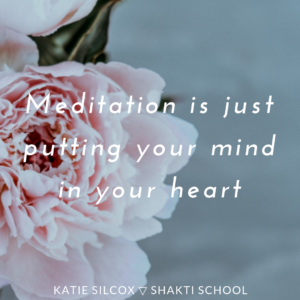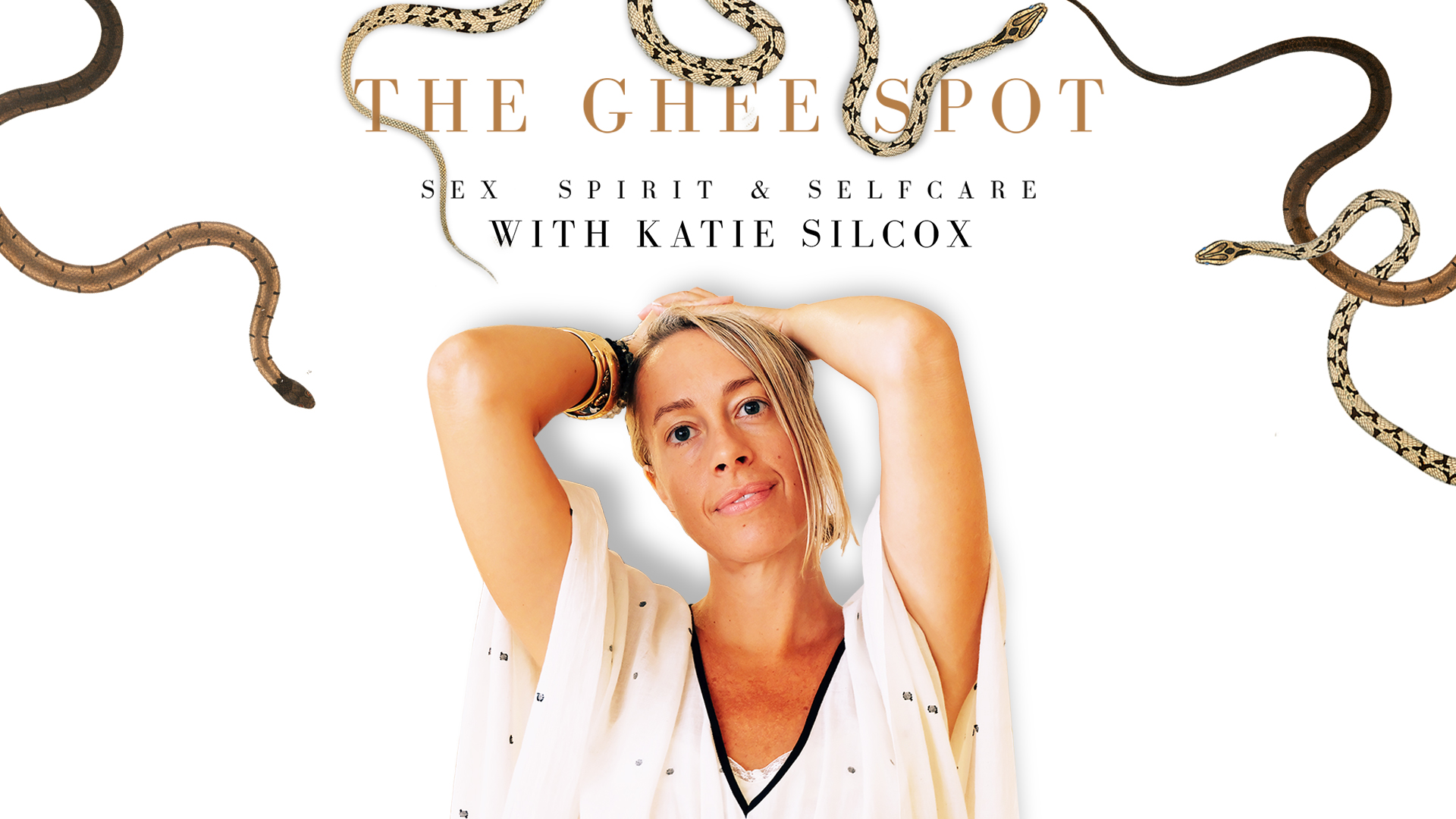
This episode delves into the tantrika practice of harnessing sexual energy and prana as a channel for manifestation. Learn practices to help you commune with your own body and lean into the realm of subtle sexual magnetism.
In this episode you’ll hear:
~ The capacity we have in our bodies to use sexual energy as a manifestation technology
~ Accessing our full magnetism and manifestation powers through the Prana body
~ How to practice communing with your body
~ Our sexual longing and pulsation of desire to expand
~ Sexual sovereignty
~ Physical pleasure and procreative power as spiritual magic
~ Solo sex and the realm of subtle magnetism
~ Use coupon code SHAKTILOVE for 10% off at ForiaWellness.com
~ Want more on Sex Magick? Join Spirit Sessions for a 2 hour workshop on manifesting with subtle sexual energy
Sponsored: This episode is brought to you by PAAVANI Ayurveda. PAAVANI Ayurveda is a female owned and family run health & skincare company based in Northern California. Use promocode GHEESPOT at checkout for 15% off your order.
Learn more:
The Shakti School Subscription
HELP US SPREAD OUR POD WINGS
This show is a passion project that I produce for the love of sharing. If you enjoy this show and want a free and easy way to help it grow, the most effective way you can help is to:
- Subscribe to the show by clicking “subscribe” in iTunes
- Write us a review in iTunes
- Share this show with one friend right now!
It’s seems simple, but you’d be AMAZED to know how much it helps my little love project reach more people. iTunes’ algorithm uses ratings and reviews to know who to show our show to in their app.
Here’s the link to leave us reviews in iTunes.
From my heart to your screen,
Katie
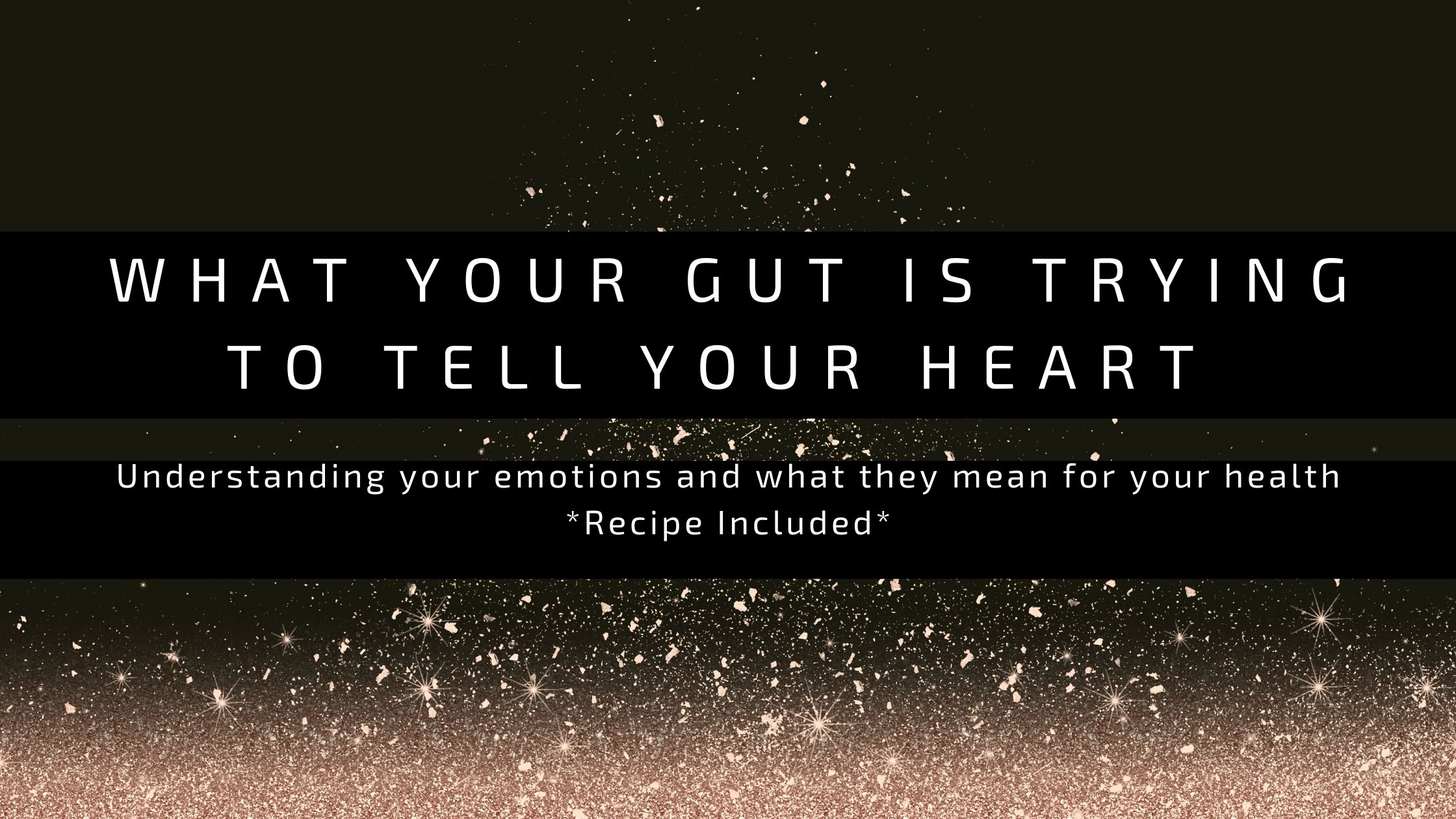

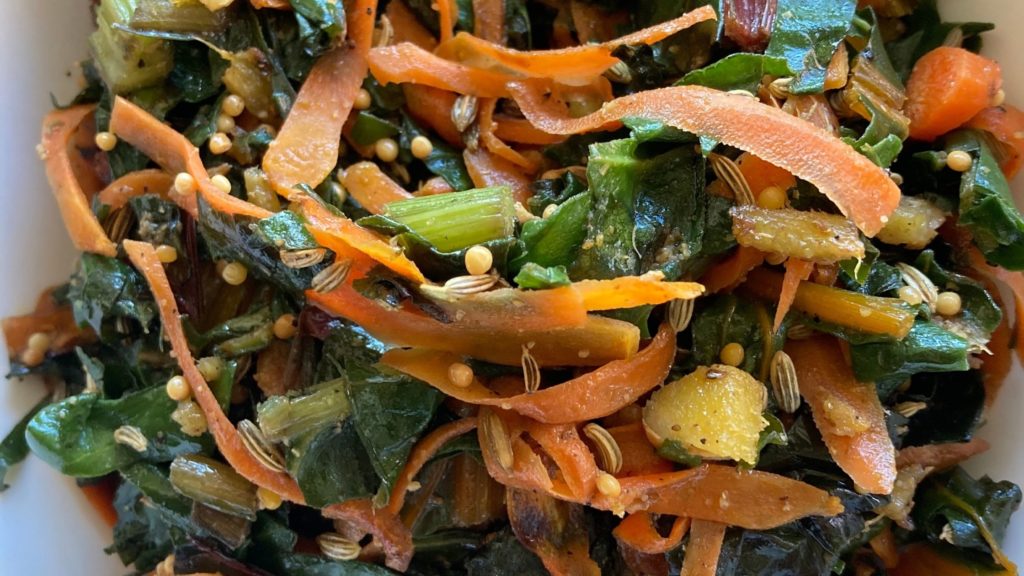
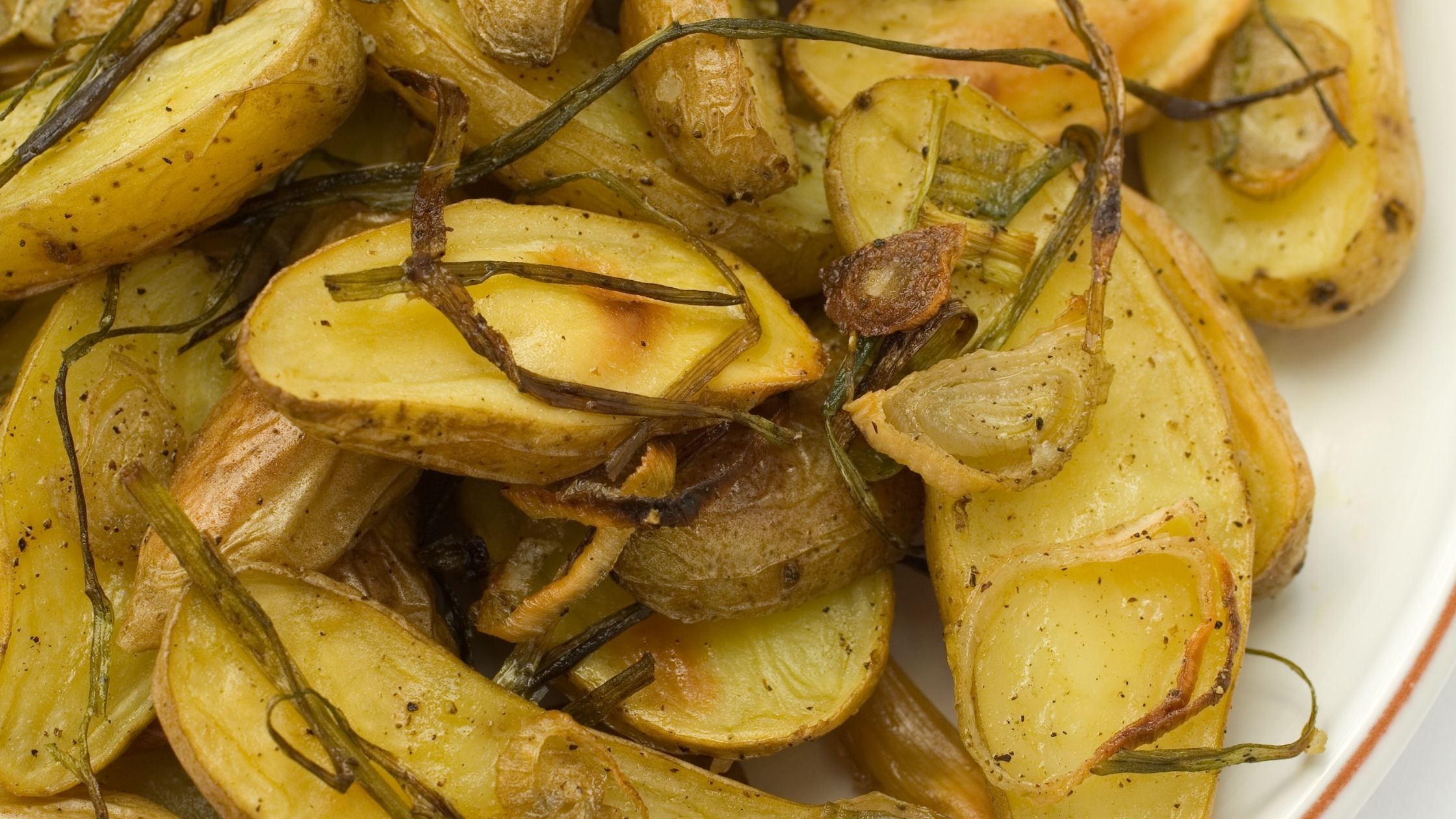





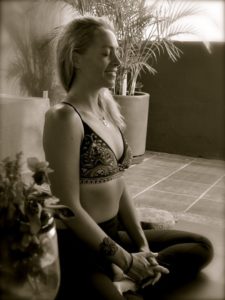 Our culture supports individual effort and perfection. In fact, I recently read about an experiment done on two groups of people, one from the United States, and another group from Japan. Each group was shown an image that included an individual scuba diver sinking into an ocean full of fish and other marine life. The group was given a few minutes to look over the image, and was later asked to recall what was presented there.
Our culture supports individual effort and perfection. In fact, I recently read about an experiment done on two groups of people, one from the United States, and another group from Japan. Each group was shown an image that included an individual scuba diver sinking into an ocean full of fish and other marine life. The group was given a few minutes to look over the image, and was later asked to recall what was presented there.